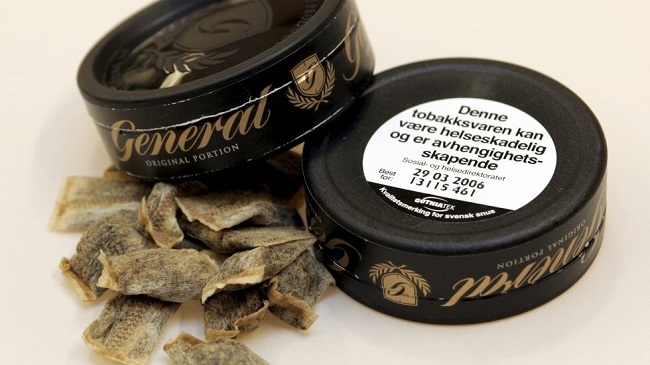Although smoking rates in Africa have increased, cessation rates have remained very low. Currently, Africa has about 77 million cigarette smokers, with over 250,000 of them dying of smoking related diseases every year. With cessation services hard to come by, Africa can benefit from the tobacco harm reduction approach, a public health strategy that lowers the health risks to individuals and wider society associated with smoking.

There’s a mandate within the Framework Convention on Tobacco Control (FCTC) developed by the WHO, which states that each party shall develop and disseminate appropriate, comprehensive, and integrated guidelines based on scientific evidence and best practices, taking into account national circumstances and priorities, and shall take effective measures to promote cessation of tobacco use. Tobacco harm reduction within a regulated framework, encouraging smokers to use safer nicotine products like Snus, should be supported by public health regulators in Africa.
Many smokers in sub-Saharan Africa are unaware that it’s not tobacco, but nicotine that delivers stimulation. For smokers looking to quit or reduce their tobacco consumption, there are some Snus products available, which neither contain tobacco, nor nicotine. Since a significant body of scientific evidence now clearly shows that the health risks associated with snus use are significantly lower than those associated with cigarette smoking, it’s time that governments in Africa leverage this alternative in the fight against smoking.
The U.S. Food and Drug Administration (FDA) On October 22, 2019 approved the marketing of Snus as a safer alternative in the U.S. What this meant was that Snus can be marketed as being less harmful than traditional cigarettes. The agency gave authorisation to say snus products “put you at a lower risk of mouth cancer, heart disease, lung cancer, stroke, emphysema, and chronic bronchitis” than smoking.
Snus is a smokeless alternative to smoking believed to be safer than cigarettes. According to Wikipedia, it is a moist powder smokeless tobacco product originating from a variant of dry snuff in early 18th-century Sweden. It is placed in upper lip for extended periods.
A 2018 evidence review from Public Health England (PHE) determined that the long-term use of snus carries fewer risks than combustible tobacco products. Snus comes in pouches resembling miniature tea bags and releases nicotine into the bloodstream through the gums. It is usually placed under the lip and gives you a “hit” without having to light up. Snus contains pasteurised tobacco, although there are tobacco-free varieties of snus in the market.
With vaping under fire, tobacco-free snus can be a viable alternative to help smokers quit in Africa. When made available, it would be an opportunity for smokers who need a palate of products available to give them every opportunity to quit. The introduction of tobacco-free snus will be especially notable because it offers smokers who want to quit smoking another option that doesn’t involve tobacco, or combustion. Tobacco harm reduction can be a great approach in a continent where governments fail to provide viable cessation products to smokers.
By Joseph Magero (Chair, Campaign for Safer Alternatives)
